6 Ways to Use STEM Challenge Cards in the Classroom for Maximum Impact
Zeba ParkarShare
STEM challenge cards are an exciting and interactive way to engage students in science, technology, engineering, and math (STEM). These hands-on STEM activities not only make learning fun but also encourage problem-solving, teamwork, and creativity—all essential skills for young learners. I personally think that integrating STEM challenges into daily lessons can transform how students approach new concepts and build a deeper understanding of real-world applications.
One of my friends, who used to teach in an elementary school, often shared how she struggled to keep her students engaged in STEM topics. She found that using STEM flash cards and activity kits made a huge difference. These cards allowed students to create, build, and solve challenges using simple supplies like popsicle sticks, pipe cleaners, and pom poms. The best part? The kids absolutely loved it! Not only did these activities help students complete tasks independently, but they also encouraged teamwork by working in small groups to tackle each STEM challenge together.
Whether you're teaching middle school students or younger kids, incorporating STEM activity kits or flash cards into your lessons can reinforce STEM concepts in an engaging way. These activities help students develop academic skills, apply STEM concepts to their everyday lives, and explore different subjects through engineering-based projects.
In this blog, we’ll explore six effective ways to use STEM challenge cards in the classroom, ensuring that students not only design, build, and solve fun STEM challenges but also develop critical thinking and problem-solving skills that will benefit them throughout the school year.
1. Warm-Up Activities to Spark Creativity
Quick Challenges to Start the Class
I personally think that starting a lesson with a short, hands-on STEM challenge is one of the best ways to get students excited about learning. A friend of mine, who has been teaching in an elementary school for years, once told me that students often come to class feeling distracted or unmotivated. However, when she began her lessons with quick STEM activities, she noticed a significant difference—students were more engaged, focused, and eager to participate.
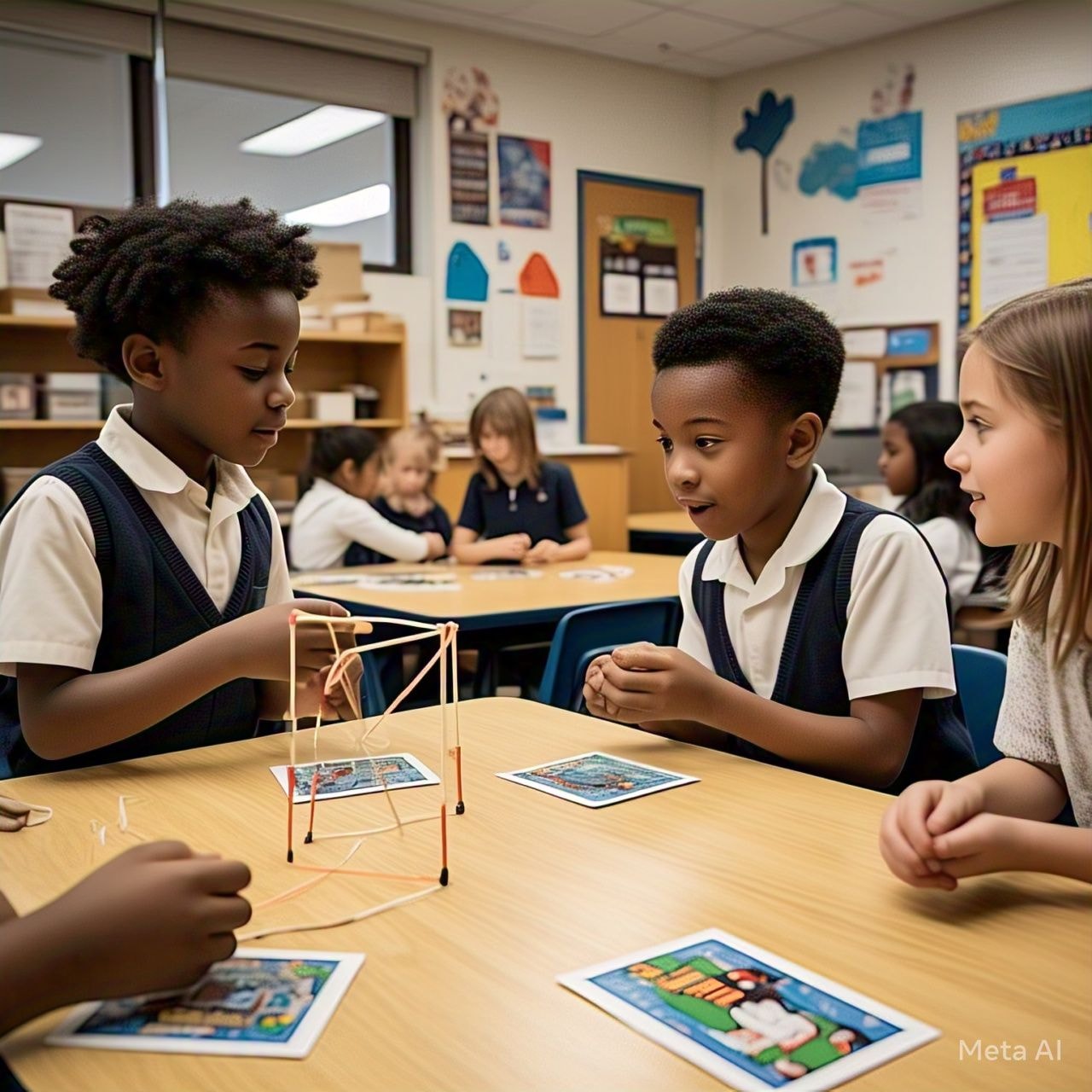
STEM challenge kits can be a fantastic tool to introduce these warm-up activities. A simple five-minute challenge can help students develop problem-solving skills, think critically, and collaborate before diving into the main lesson. These STEM activities also provide a fun way to reinforce STEM concepts across different subjects, making connections between science, engineering, and everyday lives.
These cards act as building blocks for critical thinking and problem-solving, helping students connect STEM concepts to real-world applications. A short STEM challenge at the start of class encourages students to create, explore, and collaborate in a fun way. These warm-ups don’t need to be time-consuming or require complex materials—just a simple task card and everyday supplies can set the stage for interactive learning.
Example Challenge: Paper Bridge Challenge
📝 Materials Needed: A few sheets of books, paper and pennies.
🎯 Goal: Using a STEM challenge card, students must design and build a bridge strong enough to hold the objects without collapsing.

Why It Works
- Encourages students to create and experiment with STEM challenge cards in a hands-on way.
- Helps students work in small groups, fostering teamwork and collaboration.
- Reinforces STEM skills like engineering, design, and problem-solving.
- Introduces STEM concepts in a fun, engaging way without being time-consuming.
By using STEM challenge cards as a warm-up, teachers can spark creativity, encourage students to think critically, and make learning more engaging.
2. Group Collaboration Challenges 🤝
Encouraging Teamwork with Small Groups
STEM challenge cards are a fantastic tool for fostering collaboration in the classroom. When students work in small groups, they have the opportunity to design, build, and problem-solve together. The STEM challenge cards guide students through practical, hands-on activities that encourage them to apply their STEM skills and work as a team to achieve a common goal.
This approach not only promotes creativity but also strengthens essential skills such as communication, teamwork, and adaptability—critical components of success both in academics and beyond. By using STEM challenge cards, teachers can create an environment where students actively participate in the learning process and collaborate in ways that reflect real-world problem-solving.
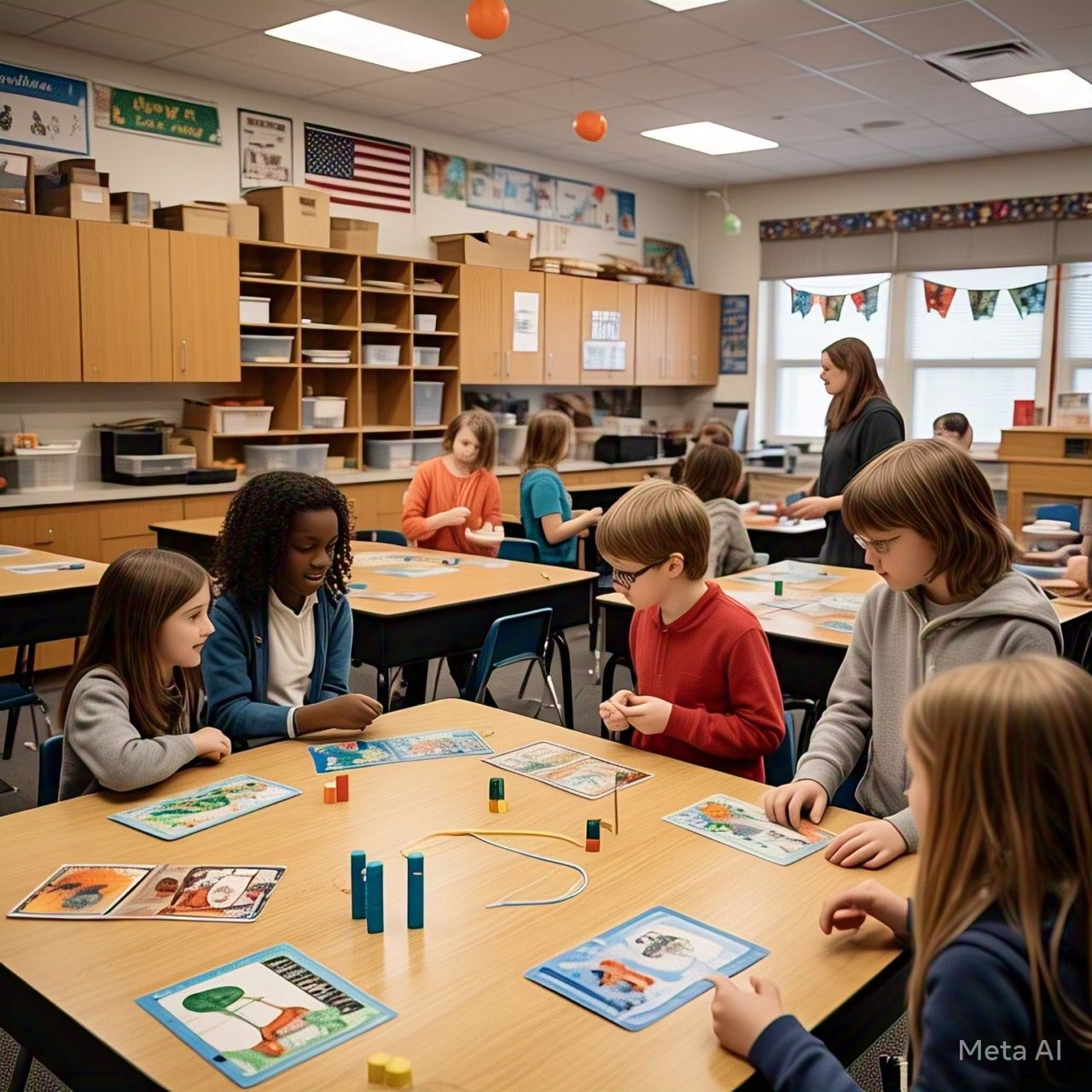
Example Challenge: The Floating Platform Challenge
📝 Materials Needed: STEM challenge cards, wooden blocks, popsicle sticks and a container of water.
🎯 Goal: Using the STEM challenge cards, students must design and build a platform capable of floating on water while supporting small objects like marbles or erasers.
Why It Works
- Promotes teamwork as students work in small groups to solve challenges together.
- Reinforces engineering concepts such as buoyancy and structural design.
- Encourages problem-solving by allowing students to test, fail, and redesign their creations.
- Helps students apply STEM knowledge in a fun, real-world context, making the concepts more tangible.
Using STEM challenge cards in group activities not only makes learning more engaging but also prepares students for tackling problems creatively and collaboratively, skills that they will carry forward in other subjects and throughout their lives.
3. Fast-Finishers’ Engaging Task ⏳
Keeping Students Engaged After Completing Work
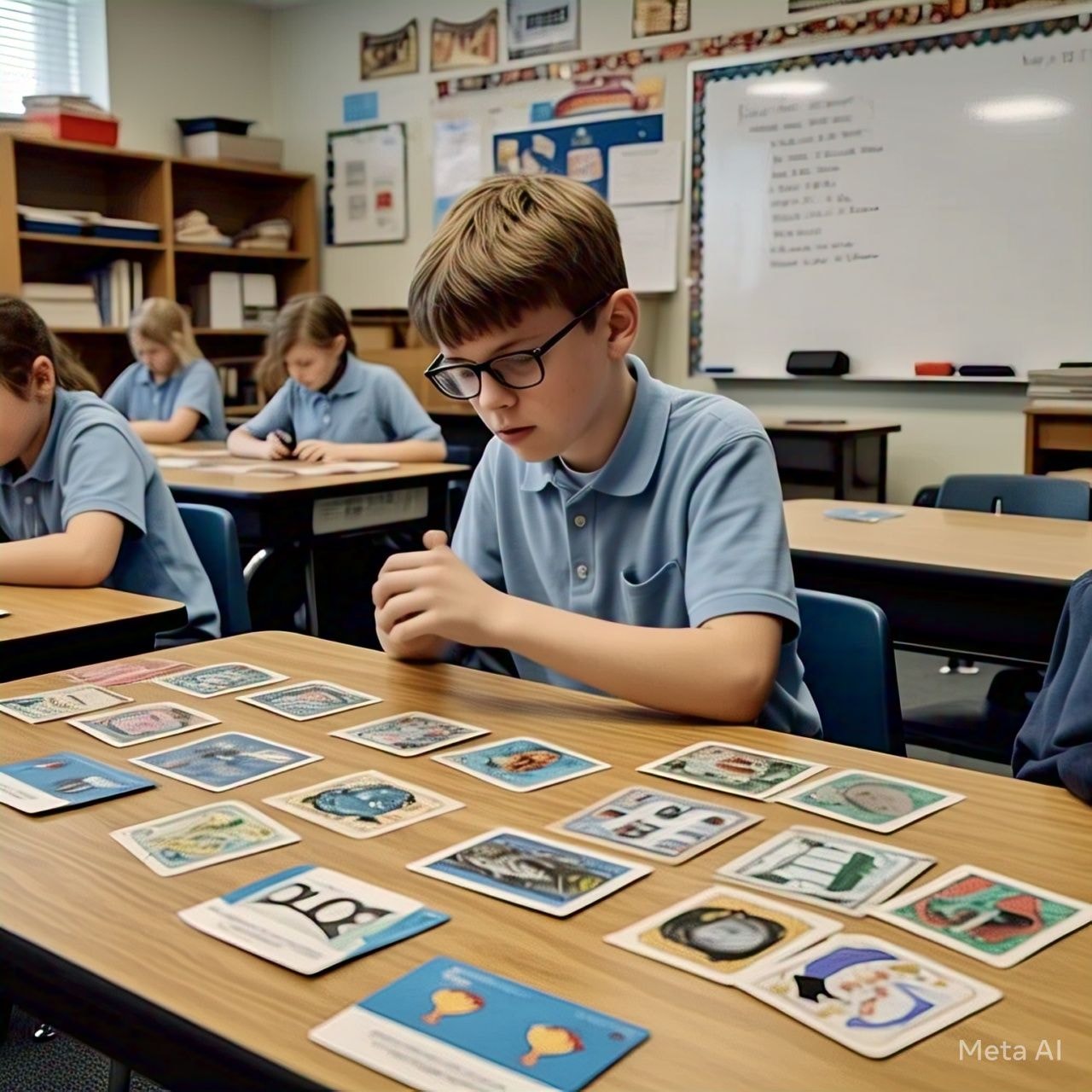
One challenge that many teachers face is keeping fast-finishers engaged once they’ve completed their assignments. Instead of letting these students sit idle or become distracted, STEM challenge cards offer a great solution. These cards provide a variety of engaging activities that encourage critical thinking and creativity, allowing students to continue learning independently while others finish their tasks.
Whether it’s solving puzzles, designing solutions, or testing hypotheses, STEM challenge cards make sure that every student remains engaged in meaningful work, regardless of their speed. For those students who work quickly, these challenges allow them to extend their learning by applying STEM concepts to real-world problems, keeping them mentally stimulated and ready for more.
Example Challenge: The Simple Machine Puzzle Challenge
📝 Materials Needed: STEM challenge cards, toothpicks, rubber bands, lego wheels, blocks, paper clips, and a small box of rubber balls.
🎯 Goal: Using the STEM challenge cards, students must create a simple machine (like a lever or pulley) using the materials provided, with the goal of moving a rubber ball from one side of the desk to the other.
Why It Works
- Keeps fast-finishers engaged with meaningful tasks that challenge their thinking.
- Encourages independent learning and self-direction while applying STEM skills.
- Provides hands-on practice with engineering concepts and reinforces problem-solving abilities.
- Helps students refine their creativity by figuring out different ways to solve problems with everyday materials.
4. Cross-Subject Integration 📚
Using STEM in Different Subjects
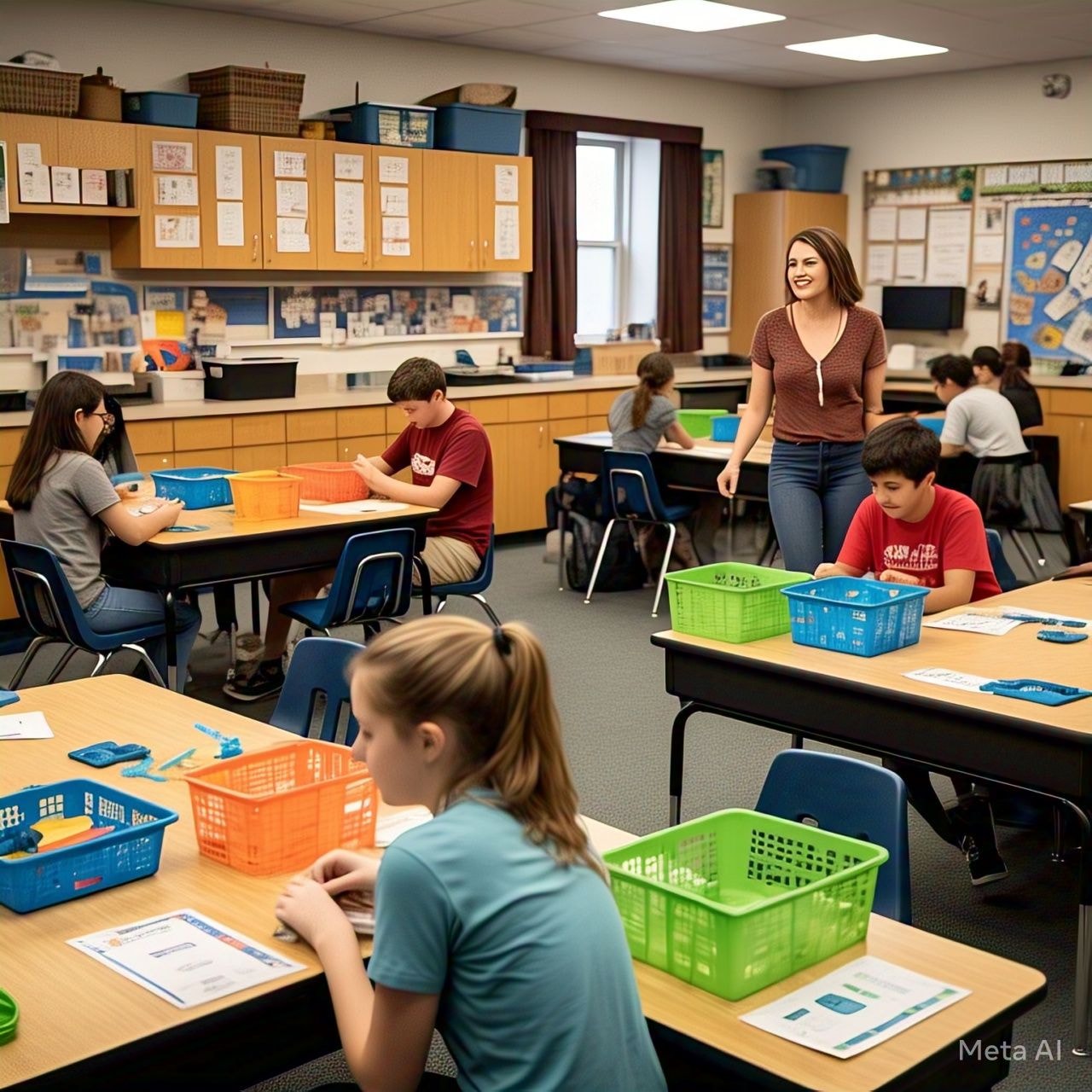
Integrating STEM projects across various subject areas is a powerful way to help students see the connections between science, technology, engineering, and mathematics. By using STEM challenge cards, you can seamlessly combine STEM concepts with subjects like math, history, and even literature, allowing students to apply their knowledge in different contexts. This cross-subject approach not only keeps students engaged but also shows them how STEM skills are relevant to real-world applications, preparing them for future learning and careers.
By incorporating STEM challenge cards into multiple subjects, teachers can create dynamic learning experiences that blend creativity, critical thinking, and problem-solving. This method encourages students to think holistically and understand how different concepts are intertwined in everyday life.
Example Challenge: Math Meets Engineering: Geometric Structures
📝 Materials Needed: STEM challenge cards, straws, tape, rulers, and protractors.
🎯 Goal: Ask students to design a geometric structure (like a bridge or tower) using STEM concepts while also calculating angles and measurements to ensure stability and strength. They will incorporate basic engineering principles and use math to measure the angles accurately.
Why It Works
- Integrates STEM with other subject areas like math and engineering, giving students a broad perspective.
- Helps students apply mathematical concepts (like geometry and measurement) in practical engineering designs.
- Encourages students to use problem-solving skills and creativity when blending subjects together.
- Provides a tangible way for students to see how STEM skills connect with real-world problems.
Using STEM challenge cards for cross-subject integration allows students to see the broader relevance of STEM knowledge and helps them develop a deeper understanding of how different disciplines overlap in everyday situations. Whether it's combining math with engineering or exploring science in the context of history, this method encourages students to be innovative and think across subjects.
5. Classroom STEM Stations
Hands-On STEM Challenges in Rotating Stations
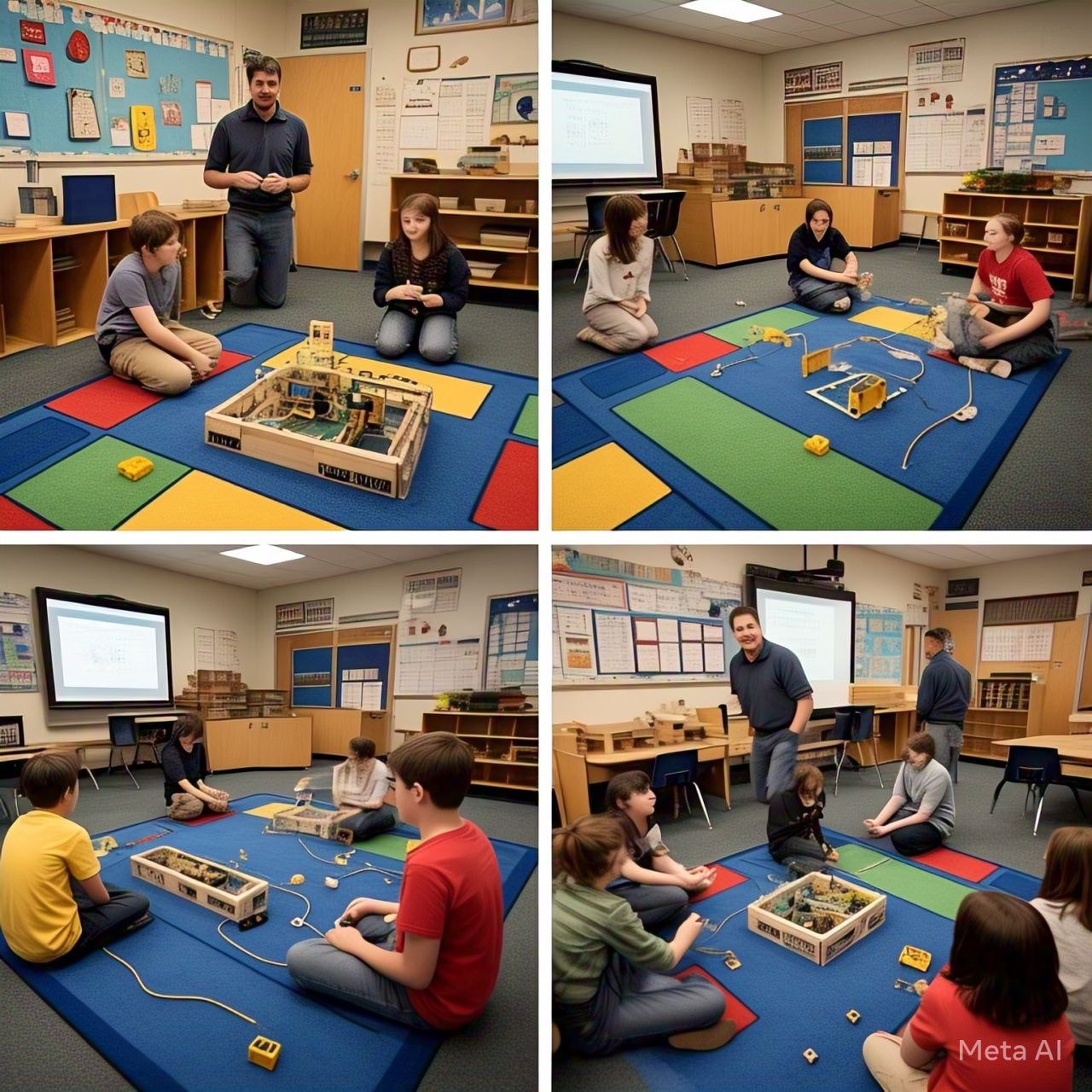
You can transform your classroom into an interactive STEM lab by creating rotating STEM stations where students can explore various challenges at their own pace. With the help of STEM challenge cards, each station can focus on different STEM topics like engineering, physics, technology, or mathematics. This approach encourages students to move through the stations, actively engaging with each STEM challenge, applying their knowledge, and building hands-on projects. The idea is to let students experience real-world applications of STEM concepts and develop practical skills, all while keeping the learning environment dynamic and fun.
The beauty of rotating stations is that they provide an opportunity for differentiated learning, allowing students to dive deeper into areas of interest or need, while also fostering collaborative skills as they work together on challenges. As each student tackles a new task at each station, they get to experience the full spectrum of STEM disciplines, reinforcing important concepts and enhancing their problem-solving abilities.
Example Challenge: Physics Challenge: Build a Working Catapult
📝 Materials Needed: STEM challenge cards, popsicle sticks, rubber bands, plastic spoons, and small projectiles (like marshmallows or paper balls).
🎯 Goal: At one of the stations, challenge students to construct a working catapult using simple materials like popsicle sticks, rubber bands, and plastic spoons. Students will have to apply physics concepts to build a device capable of launching small objects a certain distance. This challenge helps them learn about force, motion, and mechanical energy, all while following the clear guidelines of the STEM challenge card.
Why It Works
- The rotating stations keep students engaged and encourage them to approach problems from multiple angles, increasing their curiosity and motivation.
- STEM challenge cards are perfect for hands-on, interactive tasks that reinforce key STEM skills, like engineering design, problem-solving, and critical thinking.
- Students learn by creating and experimenting with real materials, which makes the learning experience tangible and impactful.
- The use of simple materials like popsicle sticks and rubber bands makes it accessible for all students, allowing for creativity while reinforcing fundamental scientific principles.
- The task encourages teamwork and collaboration, helping students work together to design and test their catapults, honing their communication and cooperative skills.
Creating classroom STEM stations with STEM challenge cards not only adds variety to your teaching routine but also empowers students to take charge of their own learning. Whether they’re building catapults, solving physics problems, or tackling engineering challenges, they’ll gain invaluable hands-on experience while developing essential skills in STEM and beyond.
6. Gamify STEM Learning with Time-Based Competitions ⏳
Adding Excitement with a Time Limit

Turning STEM challenges into time-based competitions can drastically increase engagement in the classroom. Setting a time limit encourages students to think quickly and creatively, sharpening their problem-solving and time management skills. It also instills a sense of urgency, which motivates students to focus and prioritize their tasks effectively. Incorporating time limits into STEM activities pushes students to complete tasks under pressure, simulating real-world problem-solving environments where quick thinking and efficient action are key.
Example Challenge:
Speed Tower Building: In this challenge, students have just five minutes to construct the tallest and strongest tower they can using simple supplies such as paper, popsicle sticks, and tape. Each group must work together to design their tower in record time, with the tower being tested for its height and stability after the time runs out.
Why It Works:
- Encourages quick thinking and problem-solving under pressure.
- Promotes collaboration and teamwork as students work together to solve the challenge.
- The time limit adds excitement, motivating students to think and act swiftly.
- Teaches students the importance of planning and executing ideas within a set timeframe.
- Helps students test and refine their ideas, fostering critical STEM skills like adaptability and creativity.
Gamifying STEM learning in this way not only keeps students on their toes but also makes them more eager to tackle challenges and improve their skills. It’s a great way to add a fun, competitive element to STEM education, pushing students to think outside the box and stay engaged in the process.
Conclusion 🎯
Using STEM challenge cards in the classroom is a fantastic way to make learning interactive and engaging. These hands-on activities help students design, build, and solve real-world problems, all while enhancing their STEM skills such as problem-solving, teamwork, and creativity. By incorporating STEM task cards, you can provide students with opportunities to apply classroom knowledge to real-life situations, making learning both fun and practical.
Looking to elevate your classroom activities? Check out ToadBird's STEM Challenge Card Collection for a variety of exciting tasks that will inspire your students to think critically and work collaboratively. Perfect for fostering a love of learning and strengthening key STEM concepts